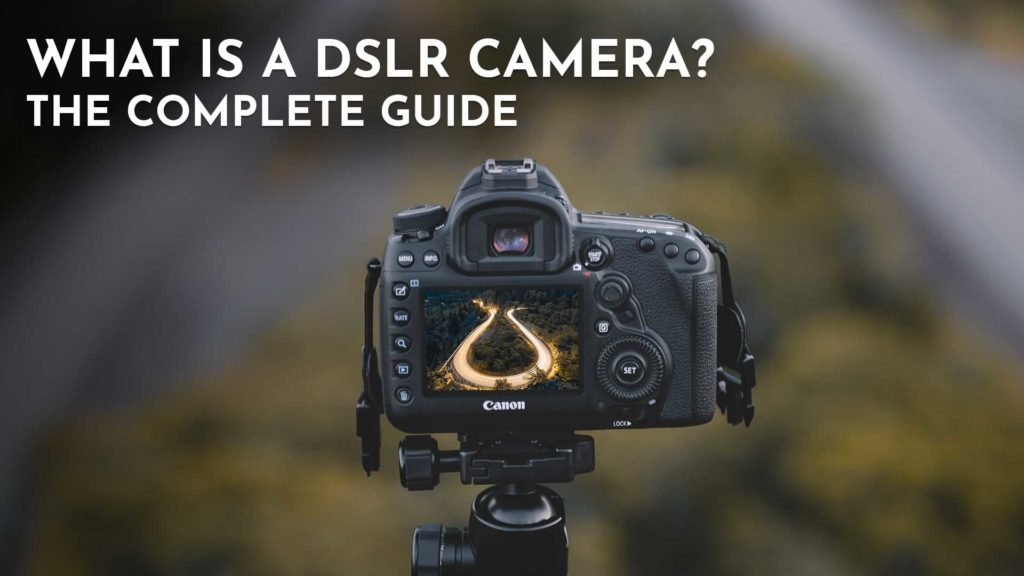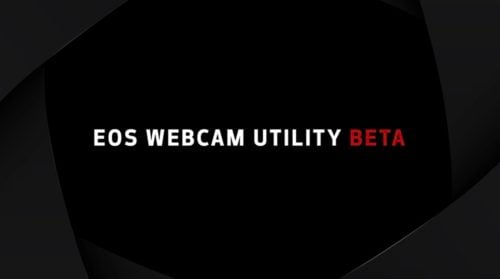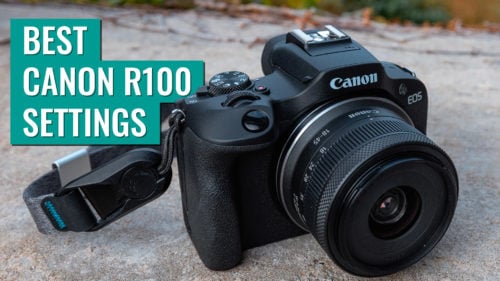DSLR cameras have revolutionized the world of photography, allowing enthusiasts and professionals alike to capture stunning images with exceptional clarity and detail. In this comprehensive guide, we will explore the key aspects of DSLR cameras, including their functionality, advantages, disadvantages, and the ongoing debate between DSLR and mirrorless cameras.
Table of contents
What is a DSLR Camera?
A DSLR, or Digital Single-Lens Reflex, camera combines the convenience of digital technology with the versatility and control of traditional film-based SLR cameras. It features a mirror and prism system that allows you to see directly through the lens when using the viewfinder, providing a real-time preview of the image before capturing it. This feature sets DSLR cameras apart from point-and-shoot cameras, enabling you to have greater control over composition, focus, and exposure.
How do DSLR Cameras Work?

DSLR cameras function by using a series of components that work in harmony to capture remarkable photographs. When you press the shutter button, the mirror flips up, allowing light to pass through the lens and onto the image sensor.
The image sensor then captures the light and converts it into a digital image file. This process ensures that you obtain high-quality images with accurate color reproduction and exceptional details.
Advantages of Interchangeable Lenses
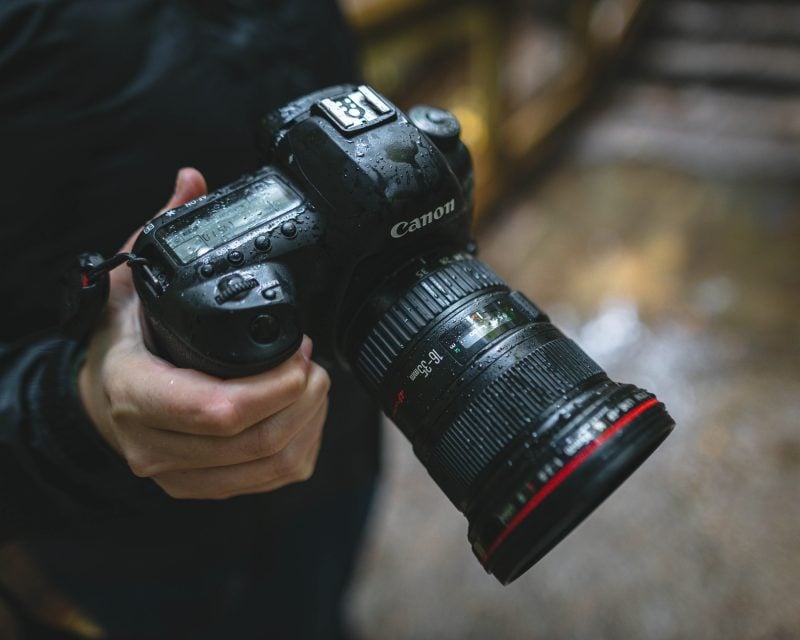
One of the most significant advantages of DSLR cameras is the ability to use interchangeable lenses. This feature allows you to select the perfect lens for a specific subject or shooting scenario, providing you with endless creative possibilities. Whether you need a wide-angle lens for capturing breathtaking landscapes or a telephoto lens for getting up close to distant subjects, interchangeable lenses give you the flexibility to adapt to various photographic situations.
Advantages of DSLR Cameras
DSLR cameras offer several advantages that make them a preferred choice for many photographers. Firstly, they provide exceptional image quality, thanks to their large image sensors and large lens selection. This enables you to capture images with high resolution, low noise, and superior dynamic range, resulting in stunningly detailed photographs.
Secondly, DSLRs offer excellent control over settings, allowing you to fine-tune parameters such as aperture, shutter speed, and ISO. The manual control offered by DSLR cameras empowers photographers to experiment creatively and achieve their desired artistic vision.
Many photographers also prefer an optical viewfinder over a digital one. While a digital viewfinder allows a photographer to see exactly how a picture will turn out an optical one is more true to life since you’re actually looking through the lens.
Many photographers also prefer an optical viewfinder over a digital one. While a digital viewfinder allows a photographer to see exactly how a picture will turn out, an optical one is more true to life, as you’re actually looking through the lens.
DSLR cameras have a longer battery life compared to other types of cameras because they use a screen less. This means you can take more photos without needing to recharge the battery as often.
Lastly, DSLR cameras have a wide range of compatible accessories, including external flashes, remote triggers, and battery grips, among others. These accessories further enhance the capabilities of DSLRs, providing photographers with additional versatility and functionality.
Disadvantages of DSLR Cameras
While DSLR cameras have numerous advantages, they are not without their limitations. One primary drawback of DSLRs is their size and weight. Due to the mirror and prism mechanisms, DSLR camera bodies tend to be larger and bulkier compared to mirrorless cameras. This can make them less convenient for everyday use and traveling.
Another disadvantage is the complexity of DSLR cameras. The extensive manual controls and settings can be overwhelming for beginners or those who prefer a more streamlined shooting experience. Additionally, DSLRs often come with a higher price tag, especially when considering the cost of lenses and accessories. This may pose a financial barrier for some photographers, particularly those on a tight budget.
It’s also important to know that a lot of brands now focus exclusively on mirrorless technology. Canon for example has stopped developing their DSLR lines meaning no new lenses will be made for them.
Mirrorless or DSLR?
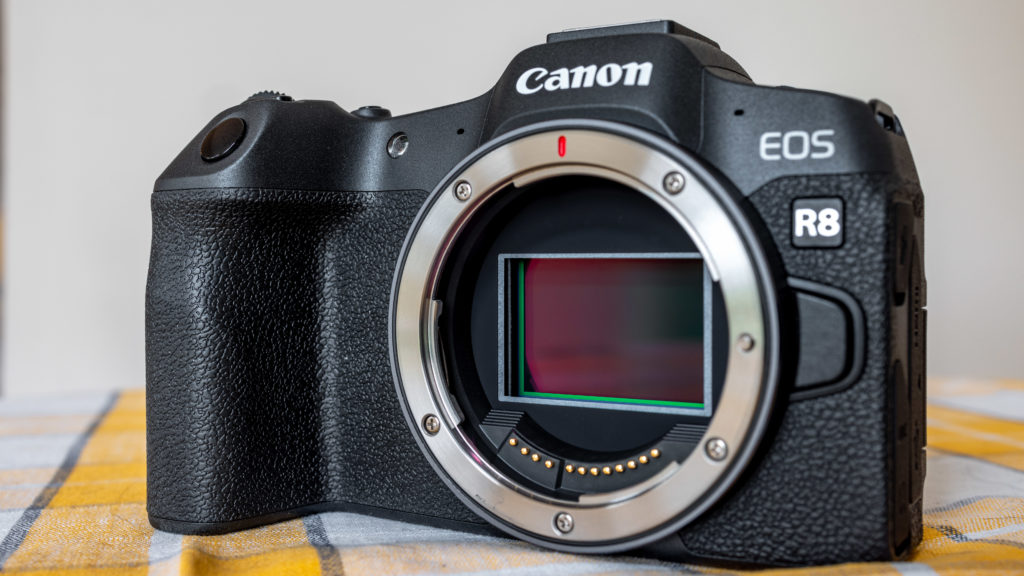
The choice between a mirrorless or DSLR camera ultimately depends on your specific needs and preferences. Mirrorless cameras are gaining popularity due to their lightweight, compact design, and fast autofocus capabilities. They also tend to offer advanced video features.
On the other hand, DSLR cameras continue to excel in terms of image quality, manual control, and extensive lens options. In 2023 it’s hard to fully recommend a DSLR camera since most camera brands are no discontinuing the technology. With this knowledge in hand a DSLR camera might be the ideal choice for you if you’re okay with no lens development and relying on used gear.
In conclusion, DSLR cameras are powerful tools that enable photographers to capture stunning images with unrivaled precision and control. Their interchangeable lenses, exceptional image quality, and creative flexibility make them a favorite among photography enthusiasts and professionals alike. While they have their drawbacks, the advantages of DSLR cameras continue to make them a compelling option in the ever-evolving world of digital photography.

